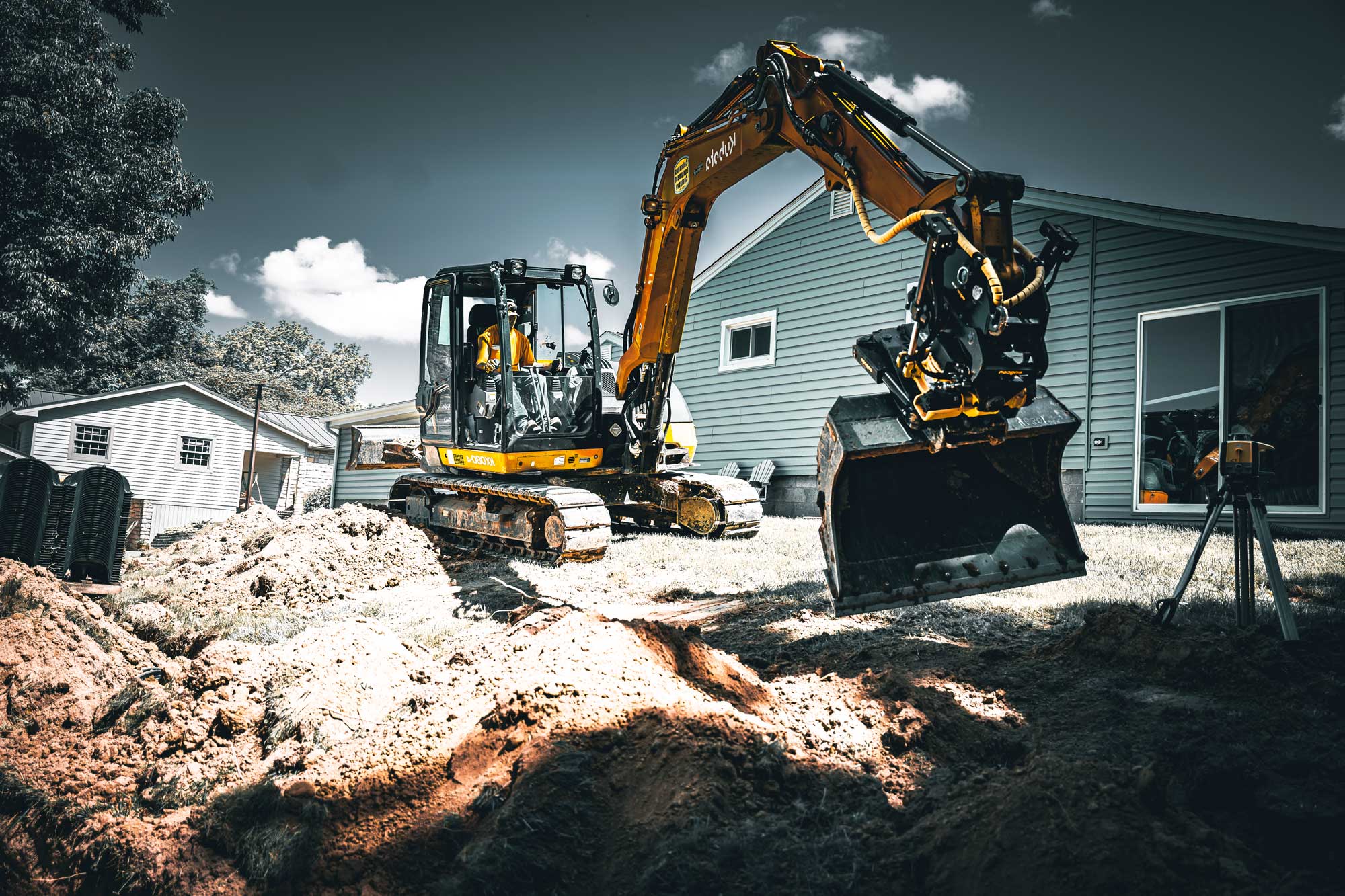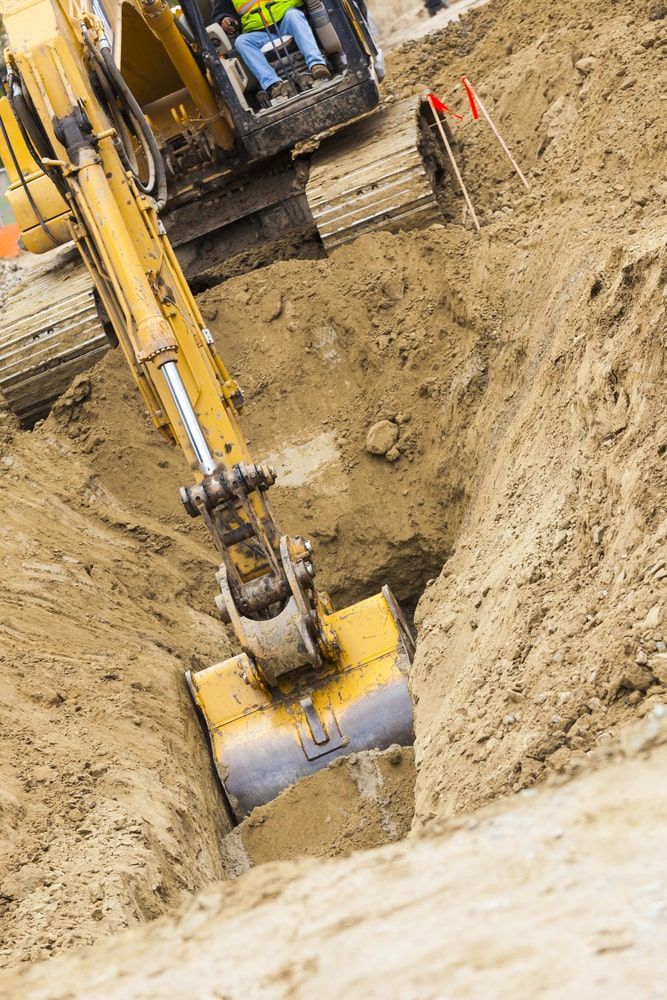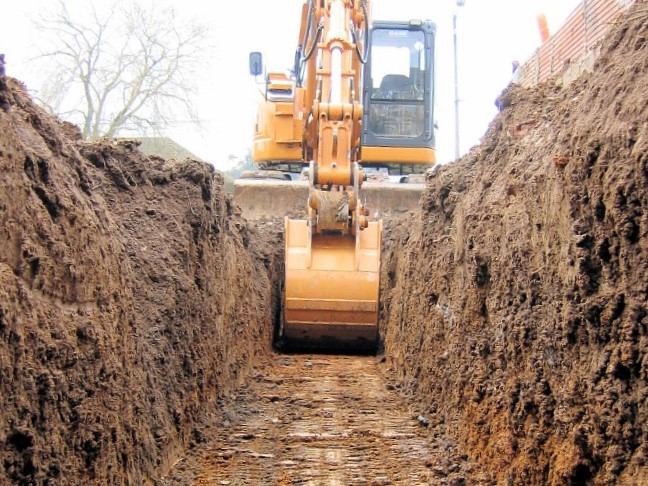Affordable Lancaster Excavation - High Quality Excavation at Competitive Prices
Affordable Lancaster Excavation - High Quality Excavation at Competitive Prices
Blog Article
Extensive Exploration: The Science Behind Superior Excavation Practices
The world of excavation methods is a domain name where scientific research links with workmanship to discover the secrets hidden beneath the planet's surface area. From ancient hand devices to contemporary hydraulic excavators, the evolution of excavation strategies has been a testimony to human ingenuity and technical developments. What really sets premium excavation practices apart is a deep understanding of geological concepts, coupled with the usage of innovative tools and approaches. By exploring the scientific research behind these methods, we can discover the secrets that lie underneath our feet and value the precision and competence that go into every dig.
Advancement of Excavation Methods
Throughout background, the advancement of excavation methods has actually played a vital role in progressing building practices and historical explorations. From the primary devices used by our forefathers to the advanced equipment used in modern-day times, the progression of excavation techniques has substantially changed just how we come close to different jobs.
In ancient times, hand-operated labor with standard tools such as pickaxes, wheelbarrows, and shovels was the key approach of excavation. This labor-intensive procedure limited the depth and extent of excavations, commonly resulting in slow progress and restricted access to particular sites. However, as people progressed, so did the devices and methods used for excavation.
The Industrial Transformation marked a turning point in excavation techniques with the intro of steam-powered machinery. This innovation changed the field, permitting faster and extra comprehensive excavations. In modern times, modern technology plays a critical duty in excavation, with advancements like GPS systems, drones, and 3D scanning enhancing accuracy and efficiency in the field. The evolution of excavation techniques remains to form the means we construct, discover, and recognize the world around us.
Role of Modern Technology in Excavation

The assimilation of advanced innovation has fundamentally changed the field of excavation, improving accuracy and performance to extraordinary degrees. One of the vital technological innovations that has dramatically impacted excavation practices is the utilization of general practitioner systems. These systems permit for precise mapping of excavation websites, making it possible for operators to precisely locate below ground utilities and structures. In addition, making use of telematics in excavation devices has actually allowed real-time tracking of equipment efficiency, causing aggressive upkeep and boosted operational performance.
Moreover, the introduction of 3D modeling and simulation software program has structured the preparation process for excavation projects. Drivers and designers can now visualize the entire excavation process before breaking ground, identifying potential obstacles and enhancing operations. Together with this, the execution of drones in excavation tasks has actually promoted aerial surveys, volumetric measurements, and site assessments with unrivaled rate and accuracy.
Geological Concepts in Excavation
An understanding of geological concepts is important for making certain the architectural stability and security of excavation sites. Geological factors play a critical function in identifying the usefulness and safety and security of excavation projects (dump truck companies in ohio). One Read Full Report crucial geological concept to take into consideration is the kind of dirt or rock existing Get More Info at the site. Different soil kinds, such as gravel, sand, or clay, have varying levels of stability and require different excavation methods. For instance, natural soils like clay may require additional support to avoid collapses, while sandy soils may be susceptible to erosion during excavation.
In addition, the geological framework of the location, including faults, fractures, and rock formations, need to be thoroughly evaluated to determine prospective threats and challenges. Digging deep into near fault lines or unstable rock developments can bring about instability and potential dangers. By conducting comprehensive geological studies and analysis, excavators and engineers can create techniques to reduce dangers and make sure the successful conclusion of excavation jobs. Ultimately, incorporating geological concepts into excavation methods is vital for attaining risk-free, effective, and lasting results.

Newest Tools for Excavation
In the realm of excavation methods, modern advancements in tools have reinvented the effectiveness and accuracy of excavation processes. These drones can offer comprehensive aerial studies of excavation sites, using real-time data on topography and prospective threats.
One more cutting-edge device acquiring appeal is the implementation of 3D printing technology for developing customized excavation tools. This permits the production of specialized devices that are customized to the certain needs of a project, increasing effectiveness and reducing downtime.
Furthermore, innovations in products scientific research have resulted in the development of more powerful and extra sturdy excavation tools. lancaster trenching. Tungsten carbide-tipped excavator accessories, for instance, deal exceptional performance in tough ground conditions, enhancing performance on-site
Scientific research's Influence on Excavation Practices

Additionally, clinical study on soil technicians and geotechnical design has offered beneficial understandings into dirt behavior, permitting excavation specialists to make enlightened choices pertaining to excavation methods and soil stablizing methods. Overall, scientific research proceeds to drive innovation and improvement in excavation practices, making excavation tasks a lot more reliable, cost-efficient, site link and sustainable.

Conclusion
In verdict, the development of excavation techniques has actually been greatly influenced by innovations in modern technology and a deeper understanding of geological principles. The most recent tools and tools utilized in excavation have actually enhanced performance and accuracy in the field. The application of clinical knowledge has actually considerably improved excavation techniques, causing extra efficient and sustainable approaches for digging deep into different kinds of products.
In the world of excavation techniques, modern developments in devices have actually reinvented the effectiveness and accuracy of excavation procedures. By leveraging scientific principles, the excavation market has been able to dramatically boost effectiveness, accuracy, and security in excavation procedures. GPR allows excavation teams to non-invasively check and map subsurface frameworks, energies, and prospective dangers, enabling them to prepare excavation tasks with greater accuracy and reduced danger of crashes.
In addition, scientific research study on soil auto mechanics and geotechnical engineering has supplied important understandings into dirt habits, permitting excavation professionals to make educated decisions relating to excavation approaches and dirt stabilization methods. On the whole, scientific research proceeds to drive technology and enhancement in excavation techniques, making excavation tasks a lot more efficient, economical, and sustainable.
Report this page